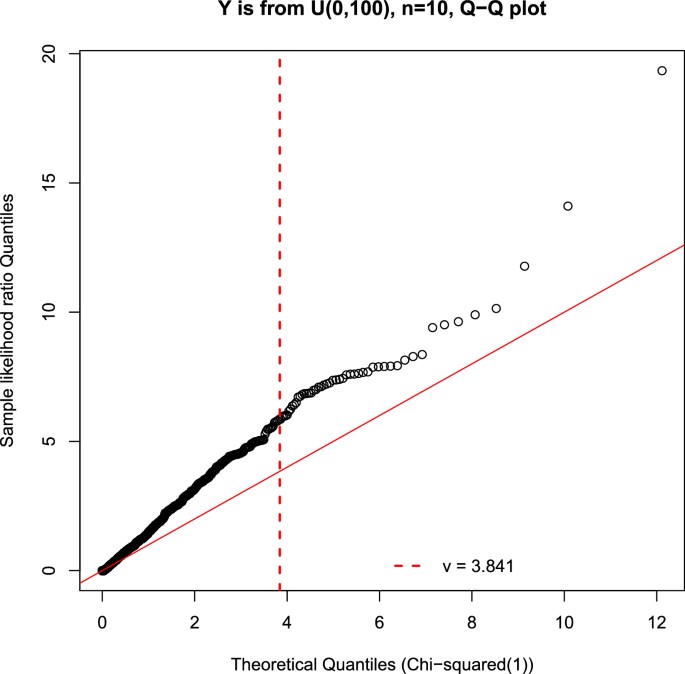August 27, 2025
The authors are motivated by small sample laboratory or animal studies with non-Gaussian biomarker values and came up with a bootstrap box-cox likelihood ratio confidence interval for the median. Normally due to non-normality of data, one might attempt a Box-Cox transformation of the data but then the interpretation is difficult. Also, it is not easy to convert back to the original data. For the transformed variable, Z, the mean, µ, serves as both the mean and the median and due to the invariant property of the median then it is straightforward to convert the confidence interval of µ back to the median of the original data. They used a non-parametric bootstrap since they assumed the Box-Cox transformation to be a “working model” for the likelihood ratio confidence interval. They essentially bootstrapped the likelihood ratio statistics and from those bootstrapped samples, they computed the 95%-th percentile of the distribution of the bootstrap samples. They also offered a pure nonparametric method of handling this. They found when encountering small samples that they had to make some adjustments by adding a normally distributed random variable with mean 0 and variance ε2 to each data point where this small perturbation would break the tiers.
They ran simulations to test their methods and compare to existing methods and they found the likelihood ratio based confidence intervals generally had poor coverage but that their bootstrapped box-cox likelihood ratio confidence intervals had better coverage. When they used the non-parametric bootstrap for their method, that demonstrated lower coverage and the exact confidence interval method produced wider intervals. In general, for all the intervals, the length decreased with increased sample size. When they tried more extreme examples with distributions with more skewness, for example, their methods still outperformed the others, except in the case of the Cauchy distribution, which has extremely long tails, their methods had some difficulty.
Interestingly enough, large sample size was not always a cause for improved coverage. Their method sometimes underperformed in these contexts due to the increasing impact of bias in larger sample sizes. They then don’t recommend their method when N is large but recommend it for N <= 20. On a real dataset analysis, their methods exhibited wider confidence intervals as compared to the standard methods due to skewness and a small sample size of N=11.
Written by,
Usha Govindarajulu
Keywords: box-cox transformation, likelihood ratio confidence intervals, median, small sample
References:
Qin, J., Wang, J. & Follmann, D. Bootstrap Box–Cox Transformation Likelihood Ratio Confidence Intervals for the Median in Small Sample Problems. Stat Biosci (2025). https://doi.org/10.1007/s12561-025-09498-1
https://media.springernature.com/lw685/springerstatic/image/art%3A10.1007%2Fs12561-025-09498-1/MediaObjects/12561_2025_9498_Fig1_HTML.png?
